■Previous GM Sound Source Series
GM Sound Source 01: Ancient GM Sound Sources
GM Sound Source 02: Piano Category+
GM Sound Source 03: Chromatic Percussion Category
GM Sound Source 04: Organ Category
GM Sound Source 05: Guitar Category
GM Sound Source 06: Bass Category
GM Sound Source 07: Orchestra Category
GM Sound Source 08: Ensemble Category
GM Sound Source 09: Brass Category
GM Sound Source 10: Reed Category
GM Sound Source 11: Pipe Category
GM Sound Source 12: Synth Lead Category
GM Sound Source 13: Synth Pad Category
GM Sound Source 14: Synth SFX Category
GM Sound Source 15: Ethnic Category
GM Sound Source 16: Percussive Category
This is the SFX category. It saw the greatest increase in GM2 (1999), and is now equivalent to Roland's proprietary GS sound source (1991). The drum set sounds from the SFX category became usable in this category as well, and it became possible to control pitch from the keyboard.
Basically, a single sampled sound is assigned to a wide range of pitches, so if the pitch is too low or too high compared to the original sound, it will sound unnatural and distant from the recorded sound. In addition, since low pitches are achieved by playing them slowly, the playback time is longer, while high pitches are played back quickly, so the playback time is shorter. The original sound is often assigned to C4.
Unlike the sounds of musical instruments, SFX-specific sounds are characterized by their ability to leave a strong impression. The sounds of TTS are the same as those of Roland's most popular GM sound source. From the 1990s to around 2010, sounds in this category were used in all kinds of media, so you may think “I've heard this somewhere before!”.
121 Guitar/bass noise
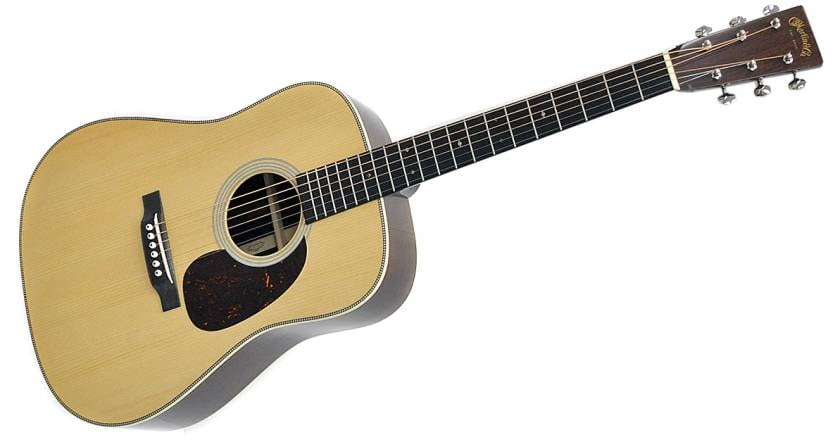
This is noise from the guitar or bass. If you are using a modern guitar or bass sound source, you can handle this efficiently using articulations, but with GM sound sources, you need to treat the noise as a separate tone. In live performances, noise is unavoidable, but in sampling, you can deliberately add noise to create a more natural sound.
121 000 GtFret Noise
This is the noise that occurs when changing chords. From the perspective of a guitarist, it's a sound that you want to avoid as much as possible, but from the perspective of an audience, it's a sound that gives the guitar its unique flavor. Pure synthesizer sounds are too clean and lack substance, so the process of making them dirty involves using all kinds of tricks.
121 001 Gt.Cut Noise
This is the sound you get when you mute the strings and play all the strings with a pick. It's a sound that doesn't need to be played across the entire keyboard, but it might be interesting to use it not only to pursue the reality of the guitar, but also to treat it like a percussion instrument.
121 002 Noise Slap_St.Bass
Slap bass attack noise is an important sound for creating a groove when combined with pitched notes, but with GM sound sources it is necessary to combine two different tones, which can be quite a troublesome process. With recent sound sources, it has become very convenient as it is possible to create various noises on a single track using articulations.
122 Flute Noise

This is also noise that adds a sense of realism to the flute performance.
122 000 Breath Noise
Breath noise has a pitch, so you need to be careful. If you copy all the flute melody parts and control them with velocity, you can speed up the process.
122 001 FL.Key Click
This is the noise that comes out when you press the keys, but because it has no pitch, you can use it without worrying. This sound can also be used with other instruments.
123 Natural Phenomenon Sounds

These are the sounds of waves and wind that have been used frequently since the advent of synthesizers. The sounds included in TTS are sampled, so they can't be changed much, and in terms of flexibility, they are lacking, but they also have a realistic aspect that is unique to sampling. There are sounds that have been recorded from real sources and sounds that have been artificially created.
123 000 Sea Shore
The sound of the sea, but even if you press the keys, it will quickly decay, so in order to make it sound like waves, you need to be able to generate waves one after another. In old radios and TVs, they used a bowl and adzuki beans to make the sound of waves.
123 001 Rain
It's a gentle rain. It falls a little harder for each key you press.
123 002 Thunder
It's thunder. It's difficult to make this sound using an analog synthesizer. If you want to make a sound that physically resembles thunder, you can use a spring drum like the one in the photo below.
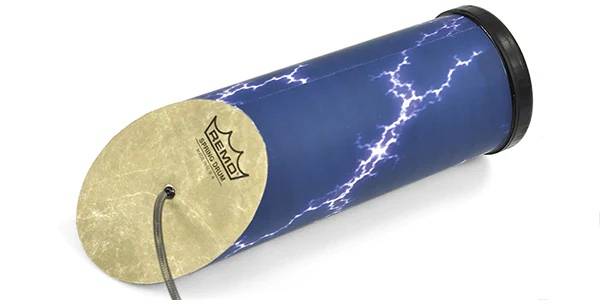
123 003 Wind
The sound of the wind is a sound that analog synthesizers are good at, and you can produce a variety of different winds with flexibility. However, because TTS uses sampling, it is only possible to produce the sound of a cold wind, and it is difficult to create variations.
123 004 Stream
The sound of a flowing stream can be used to add expression to the number of keys pressed and the range of notes.
123 005 Bubble
It's the sound of bubbles in water. I think C4 is the original sound, so the sounds around it also sound natural.
124 Creatures
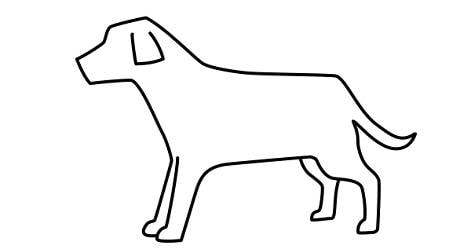
The sounds of living things could be expanded further, but there are not many. Roland's GS sound source includes cat meows and other sounds, and can handle a little more.
124 000 Bird Tweet
It's the chirping of a little bird. There is also a sound-imitating flute like the one in the photo below that is similar to this sound. It is a water flute that is blown by putting water inside it.
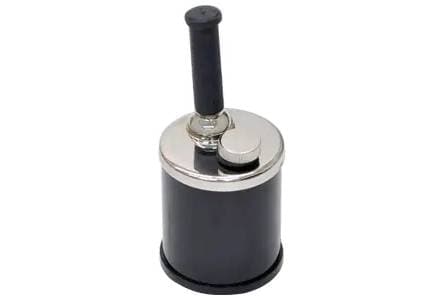
124 001 Dog
This is the sound of a dog barking. Although the sense of pitch is weak, you can produce everything from large dogs to small dogs for each key range. The original is probably C4. It's probably a medium-sized dog like a Shiba Inu.
124 002 Horse Gallop
It's the sound of a horse running towards you and then passing by. It sounds like it's running on a hard surface, like cobblestones. I think it's probably an artificially created sound.
124 003 Bird Tweet 2
This is also a small bird, but when you press the key, it only chirps once. As it is the smallest unit of sound material, it is easy to use. When you pronounce it, the pitch drops slightly, so it might be interesting to treat it like a tom-tom and use it as an instrument. It also has a certain sense of pitch.
125 Indoor
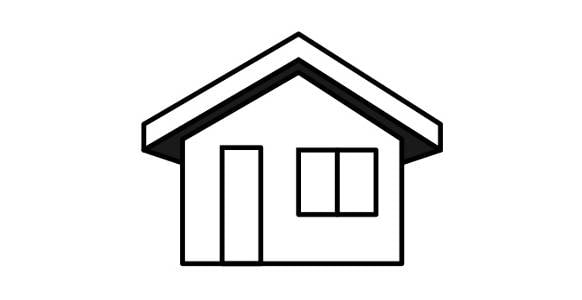
125 000 Telephone
It is the ringing tone of a rotary dial phone, and C4 is the original. Until the early 80s, rotary dial phones were in every home, but now they are treated as antiques. The electricity supplied from the telephone line is used to ring the two bells.
125 001 Telephone 2
It is the electric sound of a push-button telephone, and I think that C4 was the original. There are many telephones that sound similar to this even today, so I think that it is recognized as the sound of a telephone.
125 002 Door Creak
It's the creaking sound you hear when you open an old door, but it sounds a bit theatrical. It's not a very pleasant sound.
125 003 Door
This is the sound of a door closing with force. This could be used as an electronic percussion instrument.
125 004 Scratch
The scratch sound on a drum set can only use two notes, high and low, but this can be used over a wide range of notes, making it practical and enabling a wide range of expression.
125 005 Wind Chimes
It is strange that wind chimes are in this category. They are an attractive instrument that continues to be used in various genres. In the drum set SFX, only one note could be used, but here, because it can be handled over a wide range of pitches, the expressive power increases.

126 Vehicles
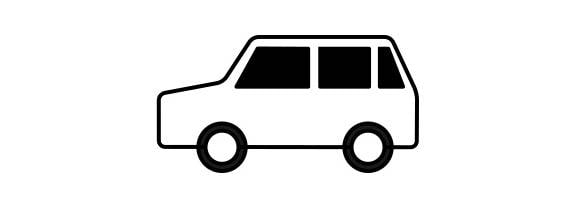
126 000 Helicopter
This sound is like a helicopter hovering in the air. It loops at the same volume while the key is pressed.
126 001 Car-Engine
This is the sound of a car engine starting up, and the engine is running while you are pressing the keys.
126 002 Car-Stop
This is the sound of a car skidding when it suddenly brakes, but it sounds like the pitch is going up. I don't know how it was made, but I think it's artificial rather than a real sound. It might be interesting to use it as a scratch sound.
126 003 Car-Pass
It sounds like a racing car is passing by right in front of you. This is another sound that could be used in a musical context.
126 004 Car-Crash
This is the sound of a car crashing, but of course it's an artificial sound. I think they recorded the sound of something being smashed. It's difficult to make sounds like this with a synthesizer, so it's better to use a recording. Even just one sound is very realistic, but if you use lots of sounds at the same time, it can sound like an explosion. This could also be used like a percussion instrument.
126 005 Siren
The sound of the siren, which sounds like a foreign police car, loops while you are pressing the keys. I think C4 is the original, but if the range of notes is different, the atmosphere will change completely.
126 006 Train
It's the sound of a train approaching and then moving away. The rattling sound is caused by gaps in the joints of the rails. However, recently, the joints of the rails have been made at an angle so that this sound no longer occurs. It may not be long before the rattling sound of a train is no longer referred to as the sound of a train.
126 007 Jetplane
It's supposed to be the sound of a jumbo jet, and it's made up of the mechanical sounds of it gradually ascending and the noise it makes. Sounds like this would be better made with an analog synthesizer.
126 008 Starship
It's a spaceship, but it decays very quickly. Personally, I get a more subtle impression than Jetplane.
126 009 Burst Noise
It's a bit of an obscure sci-fi noise, and it doesn't have the same impact as the other two, but it has a fast attack and interesting looping while you hold down the keys, so it's a sound that's easy to use musically.
127 People
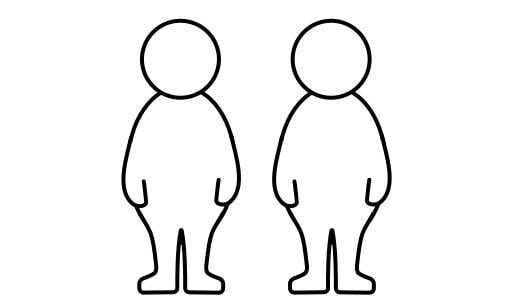
127 000 Applause
Clapping. If you only clap once, it feels a bit lonely, but it is convenient to be able to use it differently depending on the situation. If you divide the pitches appropriately, you can create clapping that matches the mood.
127 001 Laughing
It's a little scary with its crazy laugh. The impression it gives differs greatly depending on the pitch, so it seems like it could be used in various productions.
127 002 Screaming
This is a woman's scream. The expression also changes depending on the pitch. If it's too low, it sounds like the cries of animals in the jungle.
127 003 Punch
It's a mix of punching sounds and battle cries. Depending on how you use it, it could create an interesting effect.
127 004 Heart Beat
It sounds like the familiar heartbeat, but it could be used as a percussion instrument.
127 005 Footsteps
This is a standard footstep sound. This sound feels like it's made from leather shoes. Most footstep sounds are recorded using actual shoes. I think this sound is probably made using real shoes too.
128 Weapons
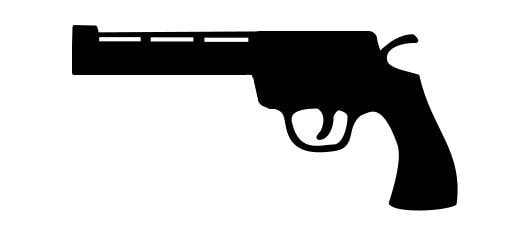
128 000 Gun Shot
This is the sound of a gunshot. I think it would also be good to use this as a percussion instrument.
128 001 Machine Gun
This is the sound of a gunshot. I think it would also be good to use this as a percussion instrument.
128 002 Lasergun
It's a laser gun. There is the question of whether laser guns make any sound at all, but in the movie, it wouldn't look right without a sound, so there were many science fiction movies that made sounds like this. In the 70s, this sound was often made using analog synthesizers.
128 003 Explosion
This is the sound of an explosion. It is a sound that is difficult to synthesize using a synthesizer, and in most cases it is created by combining percussion sounds. In addition, it is difficult to record the sound of an actual explosion in many ways, but in the movie “In This Corner Of The World”, they even went to the Self-Defense Forces to record it.
The “sound & person” column is made up of contributions from you.
For details about contributing, click here.












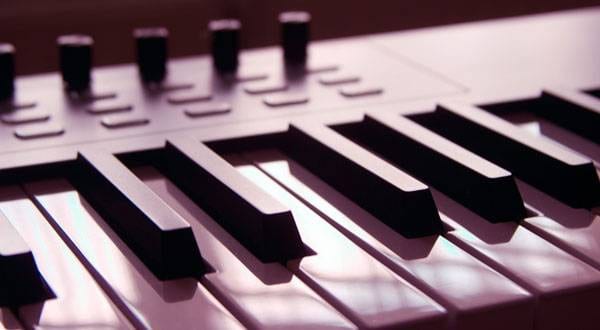
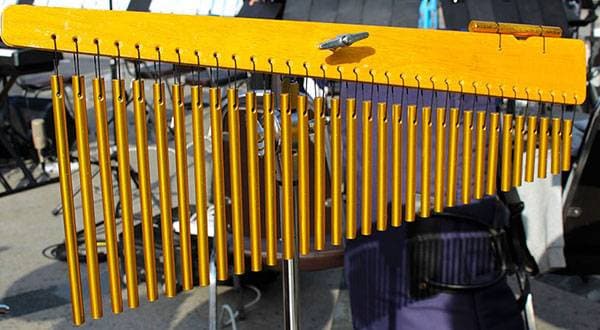

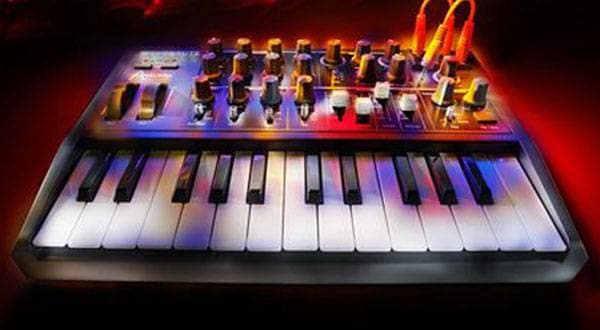
![[2023] Recommended Items for Music Programming - DAW/Software Instruments/Plug-ins](/contents/uploads/thumbs/2/2020/11/20201102_2_11495_1.jpg)
 iZotopeが手がけるオールインワンDAW “Spire”
iZotopeが手がけるオールインワンDAW “Spire”
 DTMセール情報まとめ
DTMセール情報まとめ
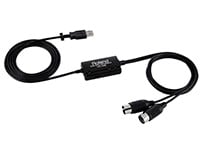 USB接続MIDIインターフェイス
USB接続MIDIインターフェイス
 USB接続対応のMIDIキーボード
USB接続対応のMIDIキーボード
 DTMに必要な機材
DTMに必要な機材
 DTM・DAW購入ガイド
DTM・DAW購入ガイド















